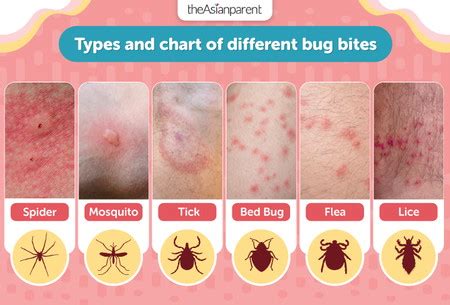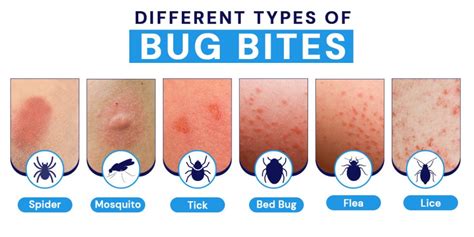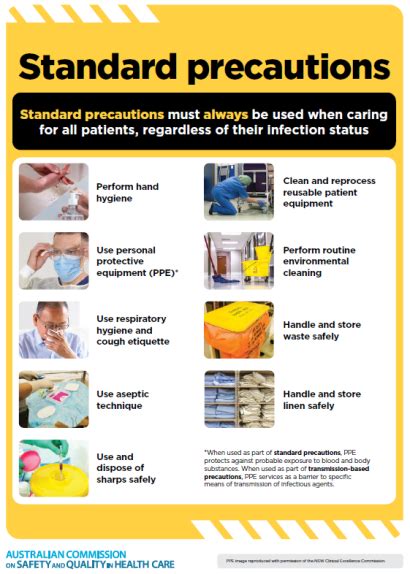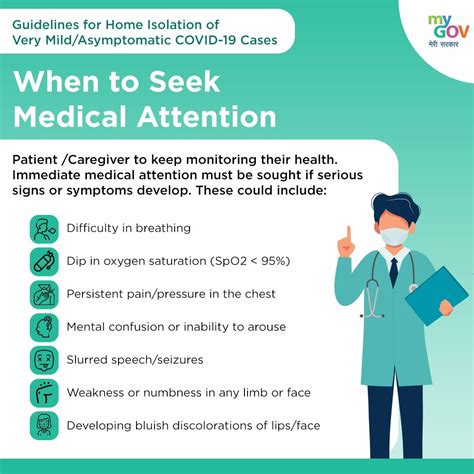Intro
Identify bite sting swelling symptoms, including redness, itching, and pain. Learn about insect bite reactions, allergic responses, and treatment options for swollen bites and stings.
Bite and sting swelling symptoms can be a cause of concern for many individuals, especially during the warmer months when insects are more active. Whether it's a mosquito bite, a bee sting, or a spider bite, the resulting swelling can be uncomfortable and even painful. In this article, we will delve into the world of bite and sting swelling symptoms, exploring the causes, symptoms, and treatment options available.
The importance of understanding bite and sting swelling symptoms cannot be overstated. For some individuals, a bite or sting can trigger a severe allergic reaction, which can be life-threatening if left untreated. Moreover, certain bites and stings can transmit diseases, such as malaria, dengue fever, or Zika virus, making it essential to recognize the symptoms and seek medical attention if necessary. By educating ourselves on the causes and effects of bite and sting swelling symptoms, we can take the necessary precautions to prevent them and ensure prompt treatment when they do occur.
Bite and sting swelling symptoms can vary in severity, ranging from mild redness and itching to severe swelling, blistering, and even anaphylaxis. The severity of the symptoms often depends on the type of insect, the individual's sensitivity, and the location of the bite or sting. For instance, a mosquito bite may cause mild swelling and itching, while a bee sting can trigger a more severe reaction, including swelling, redness, and pain. Understanding the different types of bites and stings, as well as their corresponding symptoms, is crucial in providing effective treatment and preventing further complications.
Bite and Sting Types

There are various types of bites and stings, each with its unique characteristics and symptoms. Some of the most common types include:
- Mosquito bites: These are typically small, round, and itchy, often appearing as a small bump or blister.
- Bee stings: These can cause a range of symptoms, from mild redness and swelling to severe pain, blistering, and anaphylaxis.
- Ant bites: These are often small, red, and itchy, sometimes appearing as a small blister or pustule.
- Spider bites: These can range from mild, itchy bumps to severe, painful lesions, depending on the type of spider.
- Tick bites: These can transmit diseases such as Lyme disease, Rocky Mountain spotted fever, and Southern tick-associated rash illness (STARI).
Symptoms of Bite and Sting Swelling

The symptoms of bite and sting swelling can vary depending on the type of insect, the individual's sensitivity, and the location of the bite or sting. Common symptoms include:
- Redness and swelling: The affected area may become red, swollen, and inflamed, sometimes accompanied by warmth and tenderness.
- Itching and burning: The bite or sting may cause intense itching, burning, or stinging sensations, which can be uncomfortable and distracting.
- Pain: Some bites and stings can be painful, especially if the insect has injected venom or saliva into the skin.
- Blistering: In some cases, the bite or sting may cause blistering, which can be filled with fluid or pus.
- Anaphylaxis: In severe cases, a bite or sting can trigger anaphylaxis, a life-threatening allergic reaction that requires immediate medical attention.
Treatment Options for Bite and Sting Swelling
Treatment options for bite and sting swelling depend on the severity of the symptoms and the type of insect responsible. Mild symptoms can often be treated with over-the-counter medications, such as antihistamines, hydrocortisone cream, or calamine lotion. More severe symptoms may require prescription medications, such as antibiotics or corticosteroids. In cases of anaphylaxis, immediate medical attention is essential, and treatment may involve epinephrine injections, oxygen therapy, or hospitalization.Prevention and Precautions

Preventing bites and stings is often the best course of action, as it can reduce the risk of swelling and other symptoms. Some effective prevention strategies include:
- Wearing protective clothing: Wearing long-sleeved shirts, long pants, and closed-toe shoes can help prevent bites and stings.
- Using insect repellent: Applying insect repellent to exposed skin and clothing can help deter insects.
- Avoiding peak insect hours: Avoiding outdoor activities during peak insect hours, such as dawn and dusk, can reduce the risk of bites and stings.
- Removing standing water: Removing standing water from around the home and yard can help reduce the mosquito population and prevent bites.
Home Remedies for Bite and Sting Swelling
In addition to medical treatment, there are several home remedies that can help alleviate bite and sting swelling symptoms. Some effective home remedies include: * Cold compresses: Applying a cold compress to the affected area can help reduce swelling and ease pain. * Baking soda: Mixing baking soda with water to create a paste can help neutralize the venom and reduce itching. * Aloe vera: Applying aloe vera gel to the affected area can help soothe the skin and reduce inflammation. * Tea tree oil: Applying tea tree oil to the affected area can help reduce inflammation and prevent infection.When to Seek Medical Attention

While most bites and stings can be treated at home, there are certain situations that require medical attention. These include:
- Severe swelling: If the swelling is severe, spreading, or accompanied by difficulty breathing, seek medical attention immediately.
- Anaphylaxis: If symptoms of anaphylaxis occur, such as difficulty breathing, rapid heartbeat, or dizziness, seek medical attention immediately.
- Infection: If the bite or sting becomes infected, seek medical attention to prevent further complications.
- Disease transmission: If the bite or sting is suspected to have transmitted a disease, such as malaria or dengue fever, seek medical attention immediately.
Conclusion and Final Thoughts
In conclusion, bite and sting swelling symptoms can be a cause of concern for many individuals. By understanding the causes, symptoms, and treatment options available, we can take the necessary precautions to prevent them and ensure prompt treatment when they do occur. Remember to seek medical attention if symptoms are severe, and always prioritize prevention by wearing protective clothing, using insect repellent, and removing standing water.What are the most common types of bites and stings?
+The most common types of bites and stings include mosquito bites, bee stings, ant bites, spider bites, and tick bites.
How can I prevent bites and stings?
+Preventing bites and stings can be achieved by wearing protective clothing, using insect repellent, avoiding peak insect hours, and removing standing water.
What are the symptoms of anaphylaxis?
+Symptoms of anaphylaxis include difficulty breathing, rapid heartbeat, dizziness, and swelling of the face, lips, tongue, or throat.
How can I treat bite and sting swelling at home?
+Treating bite and sting swelling at home can be achieved by applying cold compresses, baking soda paste, aloe vera gel, or tea tree oil to the affected area.
When should I seek medical attention for a bite or sting?
+Seek medical attention if symptoms are severe, include anaphylaxis, infection, or disease transmission, or if the swelling is spreading or accompanied by difficulty breathing.
We hope this article has provided you with valuable information on bite and sting swelling symptoms. If you have any further questions or concerns, please don't hesitate to comment below. Share this article with your friends and family to help spread awareness and prevent bites and stings. Remember to always prioritize prevention and seek medical attention if symptoms are severe.
